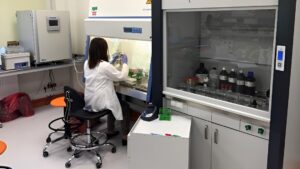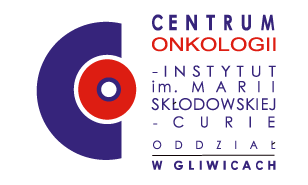Welcome to Kardio-Med Silesia Site
Silesian Park of Medical Technology Kardio-Med Silesia
is a modern research center meet the highest European standards.
 The 3D Human Skin Model Irritation Test: A Key Tool in the Biological Evaluation of Medical Devices
The 3D Human Skin Model Irritation Test: A Key Tool in the Biological Evaluation of Medical Devices
The irritation test on a 3D human skin model is an important aspect in the biological evaluation of medical devices. The test is performed under the Good Laboratory Practice (GLP) standard, in accordance with ISO 10993 and the Organization for Economic Cooperation and Development (OECD) guidelines, and in light of the new Medical Device Regulation (MDR).
Nowadays, as the medical device market continues to grow, the need for biological testing is becoming a priority. The main purpose of these tests is to ensure the biocompatibility and biocompatibility of medical devices that come into direct contact with the human body. An irritation test on a 3D model of human skin makes it possible to assess the potential irritation effects of these devices.
 In the context of ISO 10993 and the OECD guidelines, and in light of the new MDR regulations, the irritation test on a 3D human skin model takes on special importance. The MDR introduces stricter requirements for the biological evaluation of medical devices to ensure a higher level of patient safety. In this context, the irritation test on a 3D human skin model is a valuable tool for mapping the physiological conditions of human skin and predicting potential irritant reactions.
In the context of ISO 10993 and the OECD guidelines, and in light of the new MDR regulations, the irritation test on a 3D human skin model takes on special importance. The MDR introduces stricter requirements for the biological evaluation of medical devices to ensure a higher level of patient safety. In this context, the irritation test on a 3D human skin model is a valuable tool for mapping the physiological conditions of human skin and predicting potential irritant reactions.
Conducting an irritation test is based on in vitro studies that use cellular laboratories to simulate interactions between medical devices and human skin. 3D skin models allow for a more realistic evaluation than traditional two-dimensional tests. The procedure involves exposing the skin model to medical devices and monitoring the cellular response, while also allowing assessment of cytotoxicity and irritation.
While in vivo testing remains important, in vitro testing, such as the 3D human skin model irritation test, is becoming the preferred approach due to ethical considerations.
In summary, the 3D human skin model irritation test has a key role in the biological evaluation of medical devices in accordance with ISO 10993 standards and OECD guidelines, as well as in the context of MDR regulations. In vitro tests, such as the test described above, not only enable effective assessment of biocompatibility, but are also part of the growing emphasis on ethical and accurate methods for evaluating medical devices.







Copyright 2023 Kardio-Med Silesia. Site designed by Daniel 'zoNE' Gabryś. All rights reserved.